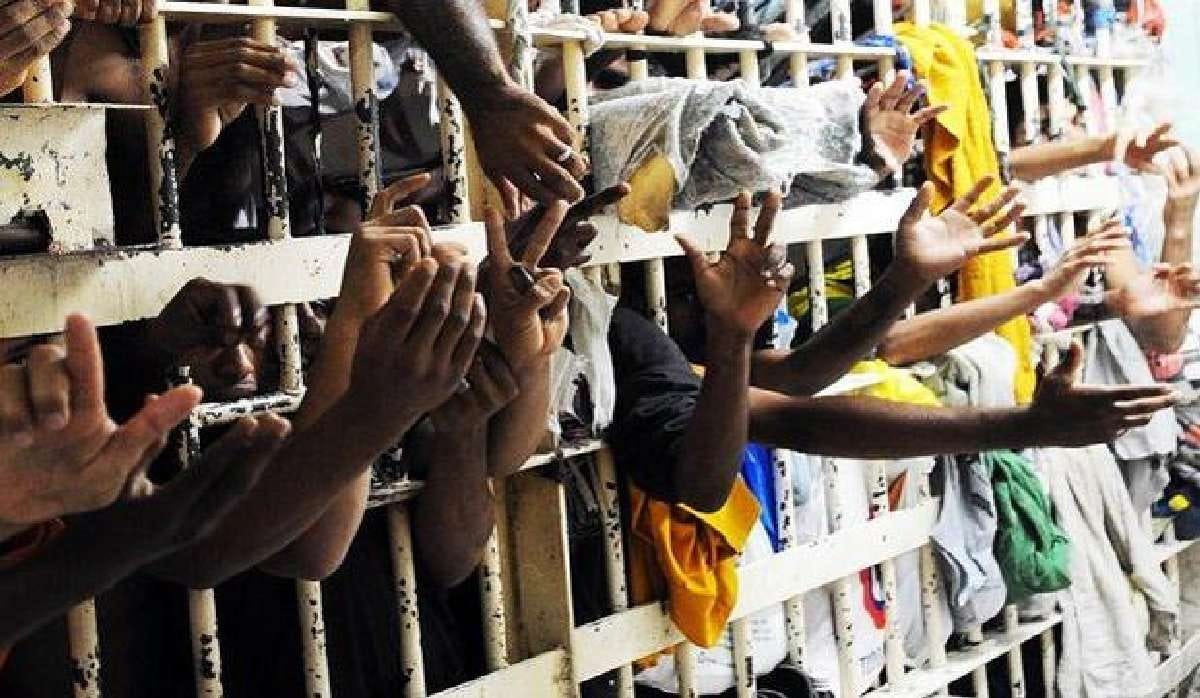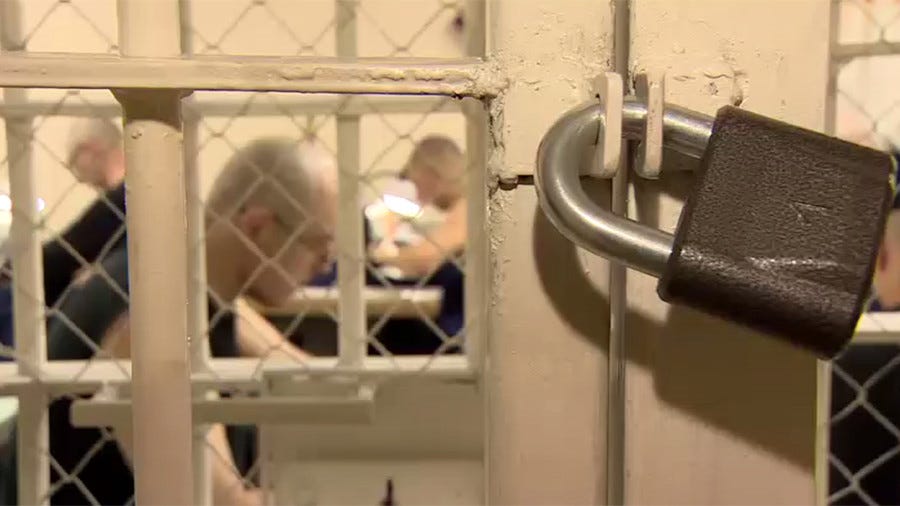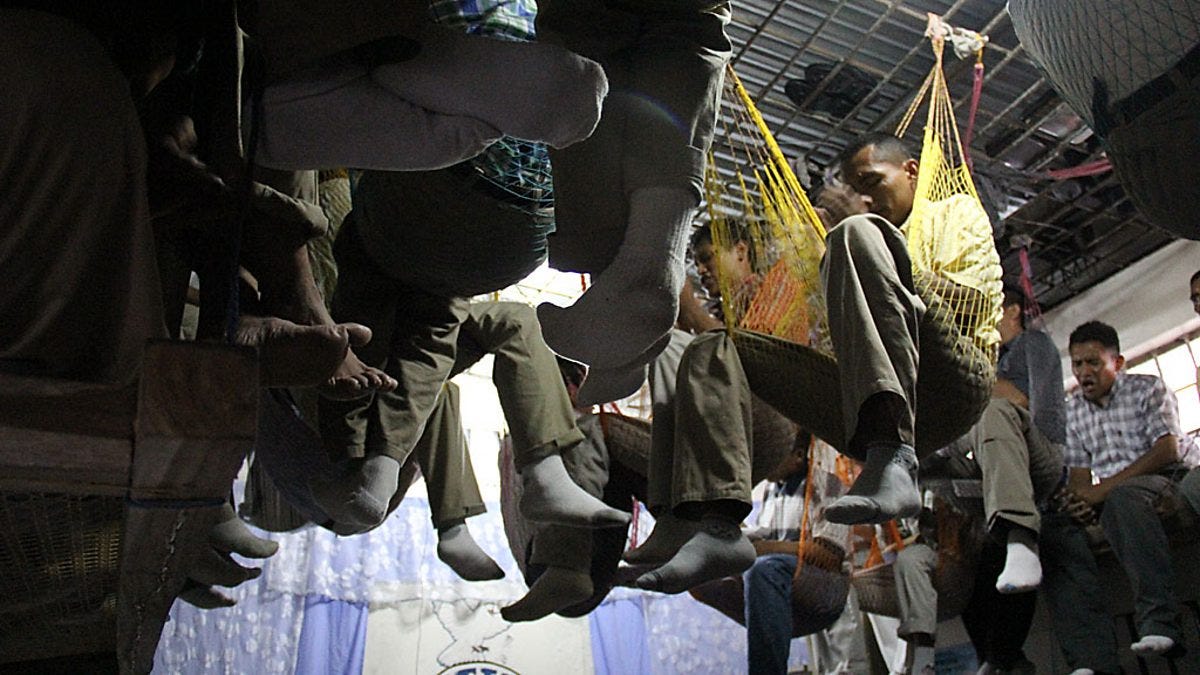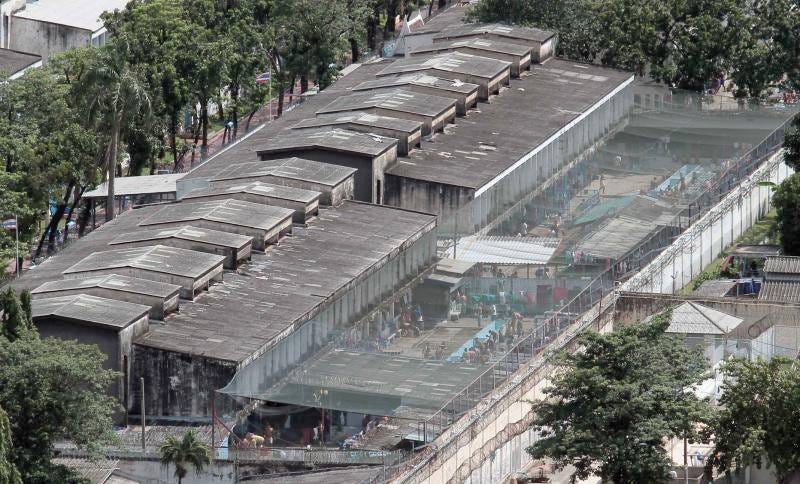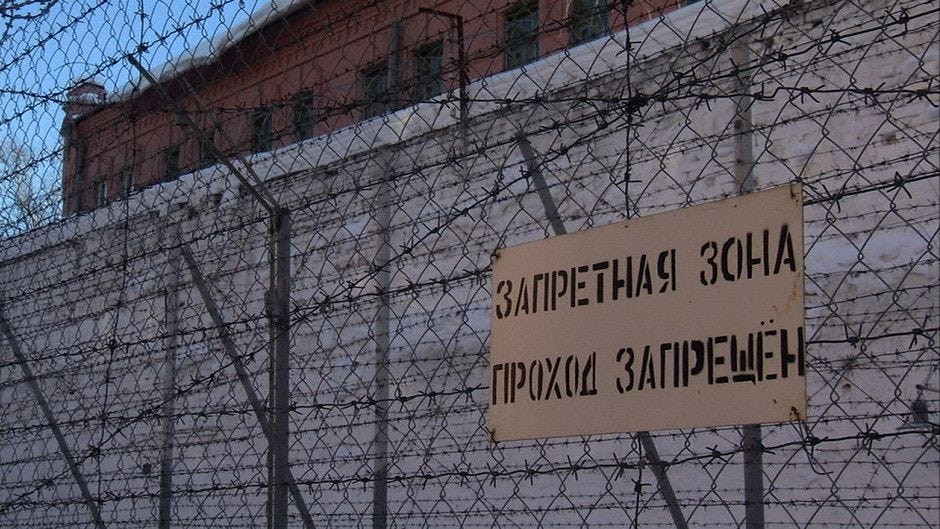The world's most dangerous prisons are notorious for their extreme conditions, where inmates face daily challenges of violence, hunger, and disease. These institutions often become a battleground for survival, with prisoners enduring unimaginable hardships. Highlighting ten such prisons, this analysis sheds light on the brutal realities faced by those incarcerated within their walls.
Gitarama Prison, Rwanda
Gitarama Prison in Rwanda is infamous for its horrific conditions, including reports of cannibalism among inmates due to severe food shortages and unsanitary living conditions. The prison is severely overcrowded, leading to significant health risks such as infections and extreme fatigue. The lack of adequate medical care exacerbates the dire situation, making survival a daily struggle for the prisoners.
Campo 1391, Israel
Campo 1391 in Israel is a secret detention center known for the torture and human rights abuses inflicted on political prisoners. The exact location of this facility is kept highly confidential, adding to its ominous reputation. The conditions within Campo 1391 are harsh, with detainees subjected to severe physical and psychological torture, highlighting the extreme measures taken to control and subdue prisoners.
Black Dolphin Prison, Russia
Black Dolphin Prison in Russia houses some of the most dangerous criminals and imposes a near-total solitary confinement regime. The conditions are severe and inhumane, with prisoners kept in small, cramped cells and subjected to constant surveillance. The prison's strict regime and brutal treatment of inmates underscore the harsh realities of the Russian penal system.
Barrios Penitentiary, El Salvador
Barrios Penitentiary in El Salvador is dominated by gang violence, with frequent internal conflicts leading to high levels of violence. The prison is effectively controlled by gangs, and law enforcement often avoids intervening in its administration. The constant threat of violence and the lack of control by authorities make this prison one of the most dangerous in the world.
Beng Kang Prison, Thailand
Beng Kang Prison in Thailand is notorious for its torturous conditions and degrading treatment of inmates. Prisoners face food shortages and poor hygiene, leading to severe health issues. The brutal treatment and lack of basic necessities highlight the extreme conditions faced by those incarcerated in this facility.
Prisons in Russia and North Korea
Prisons in Russia and North Korea are known for their inhumane conditions and practices of torture. In Russian prisons, inmates are often kept with their feet shackled for months, subjected to constant physical and psychological torture. North Korea's Camp 22 is an extreme example of repression, where prisoners endure unbearable living conditions, including malnutrition and sexual abuse. The severe control tactics and brutal treatment in these prisons reflect the oppressive regimes governing these countries.
Historical Examples of Brutality
Historical examples of brutality in prisons around the world further illustrate the severity of these conditions. In June 1980, a massacre in a Syrian prison resulted in the deaths of at least 1,000 inmates, ordered by the brother of President Hafez al-Assad. This event highlighted the regime's brutality. Similarly, the National Prison of Maracaibo in Venezuela was notorious for its overcrowding and violent riots, such as the 1994 uprising that left 150 dead. The Carandiru massacre in São Paulo, Brazil, in 1992, where 111 prisoners were killed, is another stark example of the extreme violence and deplorable living conditions in some of the world's most dangerous prisons.
Conclusion
In conclusion, the world's most dangerous prisons are characterized by their extreme and inhumane conditions. From the overcrowded and unsanitary cells of Gitarama Prison in Rwanda to the secretive and torturous environment of Campo 1391 in Israel, these institutions represent the darkest aspects of the global penal system. The brutal treatment, severe health risks, and constant threat of violence faced by inmates in these prisons underscore the urgent need for reform and the protection of human rights. The historical examples of brutality further emphasize the ongoing challenges in addressing the inhumane conditions within these facilities. Understanding and addressing these issues is crucial for ensuring justice and humanity in the treatment of prisoners worldwide.
Subscribe to Our Substack! 📬
Stay informed and engaged with the latest updates, critical analyses, and insightful commentary on the hottest topics. By subscribing to our Substack, you'll be part of a community that values quality content and thoughtful discussion. Your support enables us to continue bringing you the best material. 🙌
Subscribe today and never miss an update! ✨
Thank you for being a valued member of our community! 🌟





